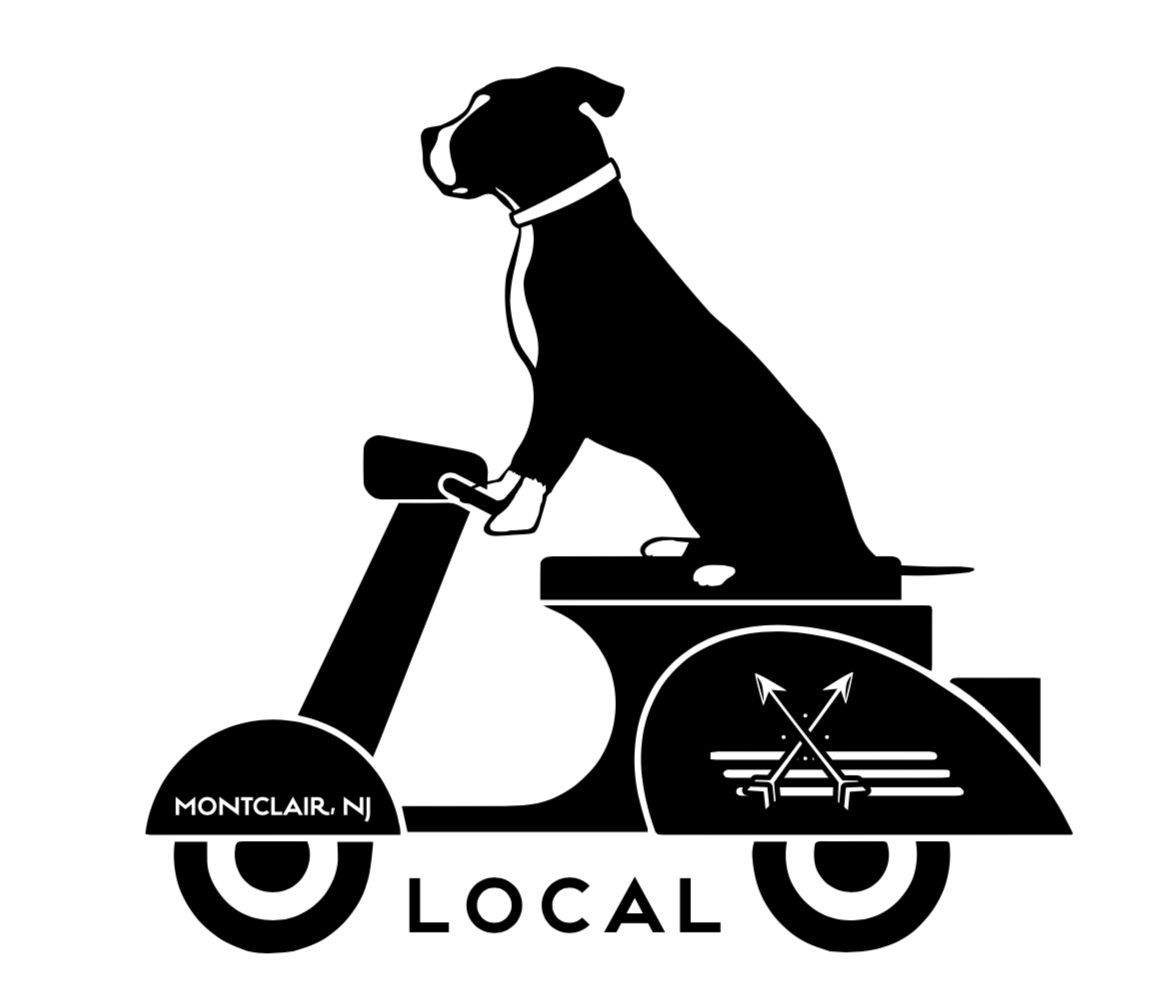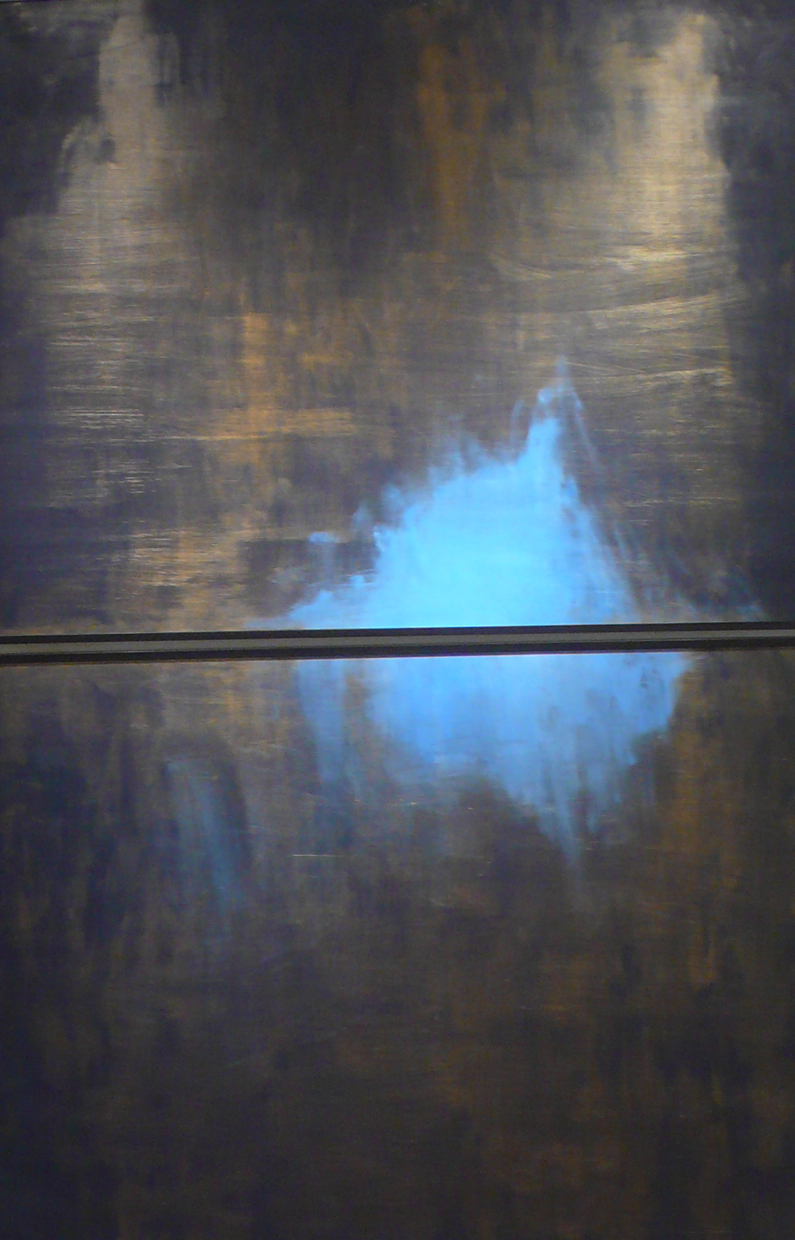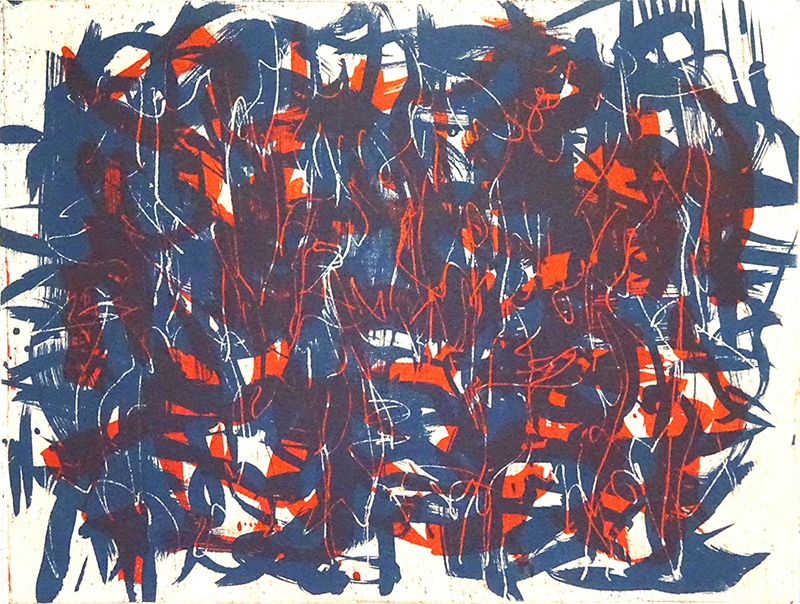Where were you born and raised? Describe your upbringing and impact on both your art and where you are in life today?
My life began in an urban neighborhood in Newark, NJ. Large crowded apartment houses, small family owned grocery stores, bakeries and a soda shop on every corner dominated. When I close my eyes I can still see the dark passageways surrounding our apartment building, the tight close proximity of neighbors working and struggling beyond dark days of the Depression and World War II. Long shadows that continued to overcast our lives. Looking back I realize it was my public education and the people living in that apartment house—389 Leslie Street—that I will never forget. Many helped forge a love of art and a vision of a life beyond the everyday.
In particular, across the hall from our first floor apartment lived a young couple—Nathan and Ruthie Kruger. Nathan Kruger owned an art gallery, Rabin and Kruger, downtown Newark where he partnered with an art conservator Bernard Rabin. Ruthie Kruger was an art teacher. Rabin and Kruger represented the famous artist Joseph Stella. Nathan helped to broker the sale of Stella’s iconic painting “The Brooklyn Bridge” to the Newark Museum. Ruthie started giving me private art lessons when I was three years old! They give me my first art book which I still have with the inscription: “To Bonnie (the little artist) we hope you will grow up to be a big artist and this book will help.”
When did you know you were interested in pursuing an art career?
I always knew I was an artist and would continue painting and drawing, but I never really thought of art as my career. As an undergraduate, I planned to teach art to children as a creative way to make a living (combining a love of art with the need to earn money). It wasn’t until I was graduating from Kean College (studio art/education) that I decided with the encouragement of my mentor, Dr. Pearl Greenberg, to pursue a Master’s Degree in Painting. As I was preparing to graduate she said, “You are really talented, you should just concentrate on Painting and pursue a Graduate Degree”. Advice I embraced.
It was when I started classes at Montclair State University that I really began to think in terms of career—how to grow and seek opportunities, concentrating on developing series of expanded work, learning more about artists and trends and haunting museums as much as possible. At that time the requirement to earn a Master’s degree was “to do work never done before”. What a challenge! Big thank you to professors Carmen Cicero and Jonathan Silver!
Describe your role as professor and the enjoyment you obtain from teaching.
As a college professor I have the privilege of teaching Art (Appreciation, History, Drawing, etc.) to the most vital group of our future country. I teach the value of appreciating visual language in it’s many forms, how it intersects with history and innovative critical thinking. I help students connect patterns of revolutionary breakthroughs in the humanities starting with Cave Art. Their insights are revealing, refreshing and often revelatory!
What generally inspires you and influenced your work? Tell us more about the “Edge” and how you arrived at this philosophical approach.
During the five years I was studying at Montclair State—concentrating on a “breaking through”, I really began to understand how difficult innovation is to achieve. Copying is really much easier. Getting an idea of course is exciting. Then implementing it—making technical choices, lots of disappointments and experiments, the tremendous amount of work involved. So, into the fifth year when Carmen Cicero congratulated me on making a break through I was thrilled. He told me “A lot of people don’t every breakthrough.You will leave a lot of people behind and lose their support, but not to worry you will meet the people you need to meet.” I didn’t understand the scope of this advice but I became addicted to searching for the next breakthrough. This still colors my work.
The “Edge” is a metaphor for many things. It started when a close friend observed that “I was the type of person who would approach the edge of a precipice, stare a it, be mesmerized but never jumped in. What does that mean? More questions than answers. Do I have to jump in? Are there real boundaries and definitive stop signs? Can I go wherever I want in my mind and imagination?
What artists have inspired you and influenced your work?
Just this week I watched the National Geographic series “Genius”. Albert Einstein’s story. Over and over he declared it was his imagination and visualizations that helped he come up with many equations and formulas. Like the power of a visual to “travel on a wave of light” in his mind.
Of course, the greats: Van Gogh, Michelangelo, DaVinci, Kandinsky, Mondrian, Malevich, etc, as well as great women artists like Frida Kahlo!
More personally contemporary and modern artists are the ones I revisit all the time. Especially Yves Klein, Mark Rothko, Andy Warhol, Ad Reinhardt and the lesser known American Impressionist Albert Blakelock.
What message are you trying to communicate with your art? What do you want people who see your work to think/feel?
I want them to react to the language, color and mood I am trying to convey. Forms that verbal language cannot express. I welcome their reactions and interpretations. Often my work is broken into modules that can stand on their own or combine. Works on walls that wander while remaining grounded as backdrop or anchor.
Ultimately I believe a painting is a state of mind.
If an art curator came to your house tomorrow to organize and catalog your work, what are the three most important things to communicate to that person?
My work is my ongoing journey away from the ground we stand on while at the same time being firmly rooted on the horizon of our existence.
I am articulating the underpinning Modulus of life as I imagine it—using paint and canvas.
Attempting to surprise and delight the viewer and myself!
Describe the medium you work in and the materials you use. Why that medium and why those materials?
Using oil paint on paper and canvas. Slow to dry, I love the fact that oil paint can be manipulated and the colors are often gorgeous! Still works for me! I believe we all still love the seduction of painting!
What’s the future direction of your art? What do you plan to do next?
Still studying and looking at Hubble Telescope images. Can’t wait for the next visual discovery out there in the Cosmos.
What do you want your legacy to be?
I don’t think I can predict what my legacy may be. I want to be remembered as part of a wonderful community of artists that just had to create in our time and place.
http://www.basemeantwrx.com/new-events/2015/7/24/bonnie-maranz-gallery-night-oil-paintings-on-canvas-paper

























